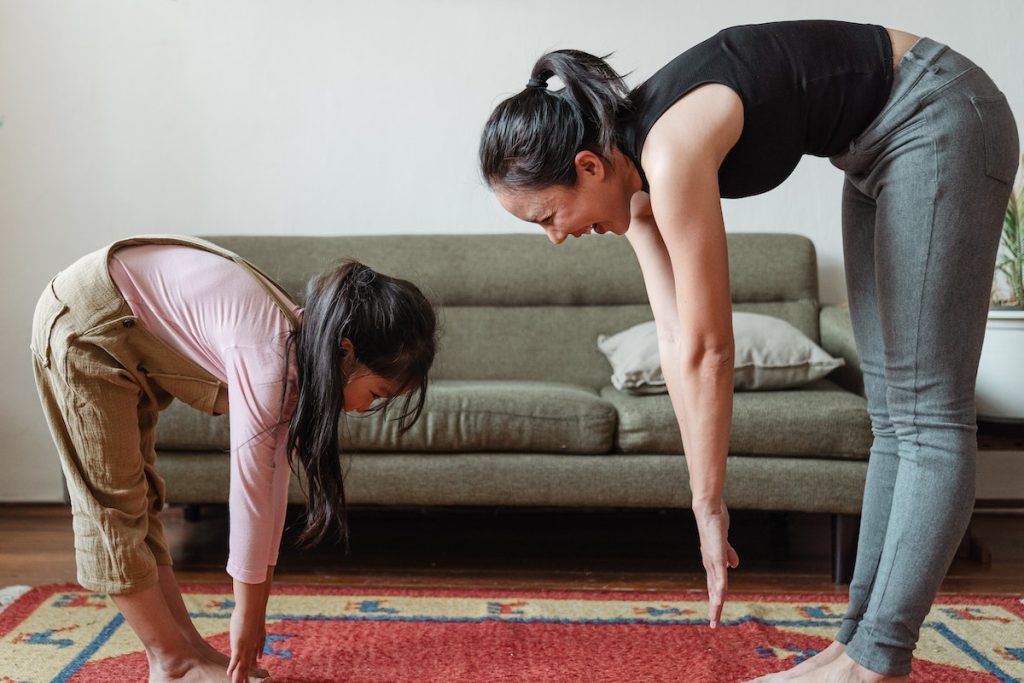
The sudden pain you’ve experienced in the back of your heel during or after your morning run, workout, or squat has a name… Achilles Tendonitis. And though it’s a mouthful to pronounce, its symptoms and aftermath are more common. In this post, we look at the effects and causes of this uncomfortable, oftentimes painful affliction, and we give you the tools to overcome its debilitating effects on your exercise routine and lifestyle.
Achilles Tendonitis is characterized by a sharp, unexpected pain in the back of the heel, the occurrence of which is caused by inflammation is the tendon it’s named after. Because inflammation is the body’s natural response to injury or disease, the pain you feel in your heel may therefore be accompanied by swelling, irritation, and a lack of mobility.
Fear not, though! While it is certainly painful and irritating at the best of times, Achilles Tendonitis can be treated. To do that effectively, however, it is important to take a look at some of its causes, that is, some of the reasons you may have been in the line of fire:
- Too Much High Intensity Exercise
While we all like doing a good HIIT workout as much as the next person, overdoing the squats, lunges, and star-jumps may be directly affecting your heel-health. By denying your body the chance to recover, you may actually be doing a lot more damage than good. Placing unnecessary and unexpected stress on your joints, muscles, and tendons will eventually lead to damage, and thus, pain. A good way to judge whether you’re pushing things a bit too far is by taking a honest look at your expectations, goals, and timeline. Evaluate the weight limit you’re currently lifting and adjust it accordingly. It’s far better to play the long-game than risk injury in the short-term. Similarly, if you’re a runner, alter the distance you’re running per day, making sure to give yourself enough recovery time in the process. Your body, and especially your heels, will thank you later.
- Exercise Repetition
An unvaried exercise routine may result in the development of Achilles Tendonitis, as the constant repetition of certain movements may eventually effect the heel. Movements causing pain or irritation should be kept to a minimum and, if possible, avoided altogether. If you are a runner, for example, make sure to include some weight training or swimming into your routine and, if you’re a weight-lifter, focus on activities targeting cardio, too. Doing this therefore ensures that no single muscle or joint is exposed to all the stress of your workout… especially not the heel. In addition, make sure your routine allows the recovery of all areas in the body, and is, as such, varied in movement and intensity.
- Tight Muscles
It’s no secret that being immobile and stiff is detrimental to your overall health. When it comes to your heels, though, the flexibility and movement in your calf muscle is absolutely vital. If this muscle is tight, stiff, and inflexible, the stress placed on your heel during exercises such as weight lifting, squats, or running, can be the straw that breaks the camel’s back. Achilles Tendonitis is more often than not as a direct result of short, tight calf muscles. Be sure to stretch these muscles before, during, and after your workouts to avoid being caught-out later on. Be advised, also, that jumping into stressful, high-intensity, unfamiliar workouts adds extra stress to this particular area: hence the increased need to stretch it and warm it up beforehand.
- Stretches: what stretches?
Not stretching before a workout is like entering a gun-fight armed with a wooden spoon. The likelihood of injury increases exponentially if your muscles are stiff and tight. And, believe it or not, the health of your heel is not just dependent on the mobility of your calf muscles! Your body is like a well-oiled machine, each muscle connected to the next, and each joint primed to facilitate the movement of the others. Therefore, it is exceptionally important to stretch all your muscles before a workout – if one is tight, cold, or isn’t expecting movement, you may damage it, thereby intensifying pressure in one area of your body, thus leading to overcompensation and, ultimately, to stress in your heel and foot.
If you’re reading this and thinking… I now know what caused it, but how can I get rid of this pain, don’t worry: you can. By far the best, most effective, and safest way of dealing with your Achilles Tendonitis is by visiting a qualified, professional physical therapist. Physical therapy is unlike all other forms of treatment in that it treats the root cause of your problem, thus offering you a permanent solution.
Far from using painkillers or quick fixes, a hands-on physical therapist will give you the answers you seek and the tools you need to overcome your pain once and for all. In addition, physical therapy doesn’t just focus on short term pain-relief: physical therapists will provide you with targeted, tailor-made exercises suited to your particular condition so that you can maintain your newfound pain-free life. Remember, true healing comes from a deeper understanding of the issue and thus a comprehensive plan of treatment; physical therapy gives you all that and more.
If you’re tired of dealing with ongoing Achilles Tendonitis, have been blindsided by its sudden onset, or just want to steer clear of its clutches, we invite you to contact us today for a chat. We know that pain can derail your exercise routine, affect your social life, and cause you to feel overwhelmed. Because of that, we want to help. Contact us today for more information on how exactly we can do that. Until then, here’s to your heel health!
